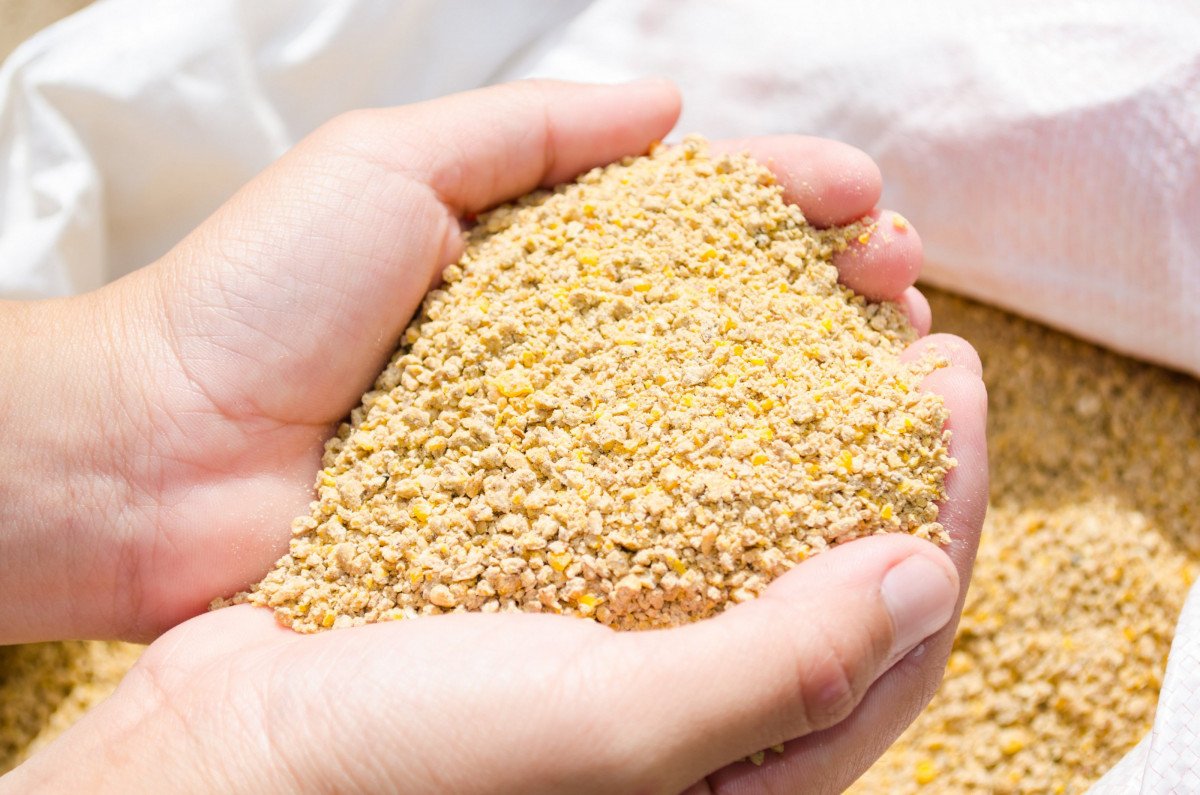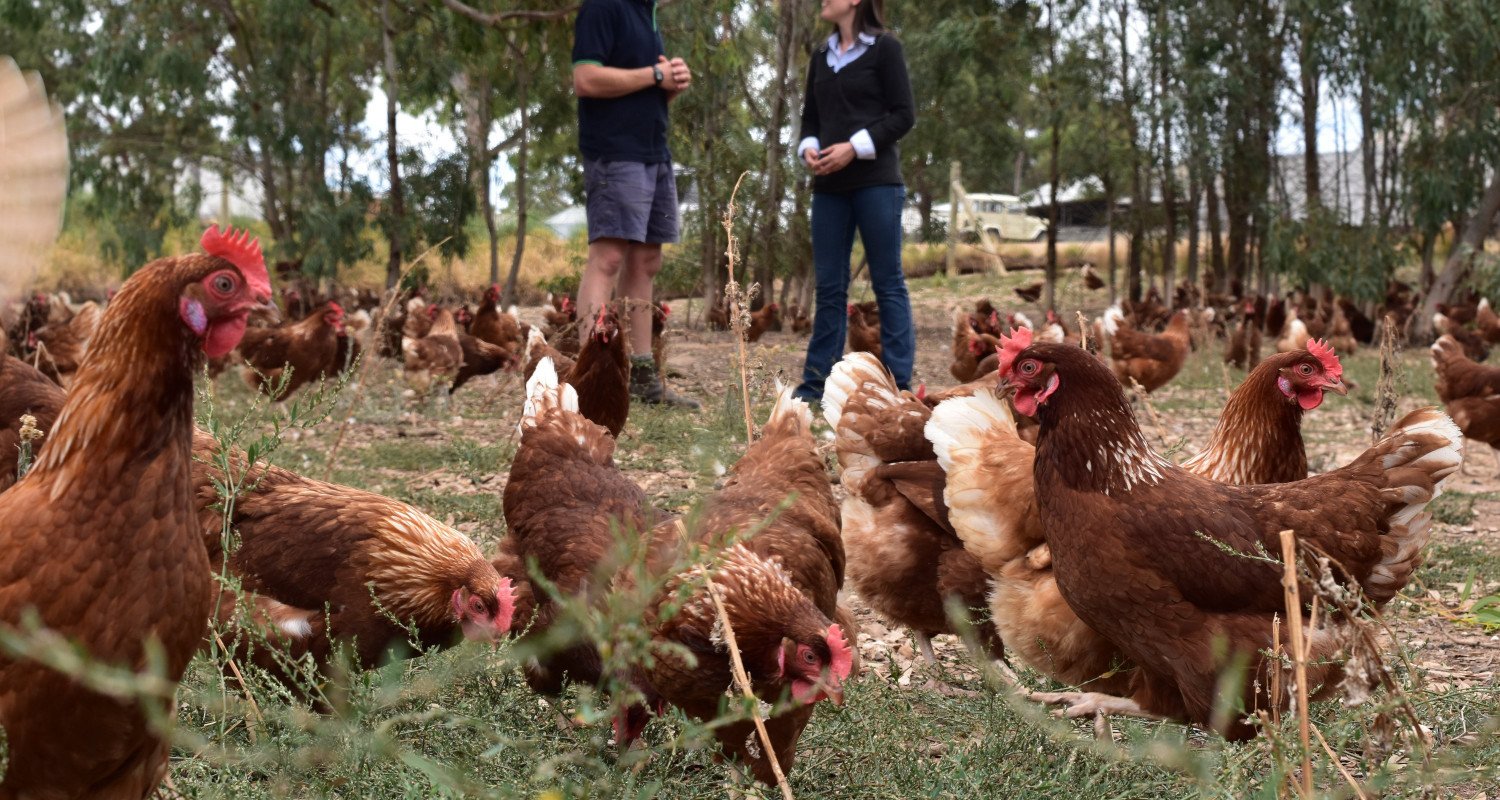
The economics of layer diet amino acid levels throughout lay
- Organisation University of New England
- Full Report
- Publication
- Researchers A. Moss, G. Parkinson, T. Crowley and G. Pesti
- Categories
The economics of layer diet amino acid levels throughout lay
This report provides a comparison of using three different diet formulation strategies for layer diets. While least-cost diet formulation is often employed in the industry, this modelling exercise showed that max- profit formulation may result in greater profits.

The Australian layer industry faces egg sale price volatility and many challenges as production systems transition from a majority cage-based system to other systems such as barn and free range. Poultry feed is a significant and expensive input, this project investigated the benefits of flexible approaches to layer diet formulation which could provide the industry with a greater capacity to cope with market fluctuations.
Due to the high cost of feed for poultry, there is a tendency to formulate diets that meet nutritional requirements at the 'least- cost'. However, least-cost formulation does not always maximise output and profits.
Diets formulated to least-cost are not necessarily the same as those formulated to maximise profit. Considering how layer requirements in terms of nutrition and amino acids change during their lives can help producers to formulate diets which meet dietary requirements and maximise profits.
This project modelled the outcome of employing three different diet formulation strategies- least-cost, stochastic and max- profit on egg production, to compare the relative profits gained from using each method.
To enable comparison of the diets the researchers compared the level of dietary Methionine which would be provided to hens in each diet formulation scenario. Methionine is an important amino acid which impacts egg size. The researchers found that the use of max- profit diet formulation, despite exceeding the recommended levels of Methionine for layers, resulted in the greatest profits.
Watch the interview with the researcher to find out more about this project.
 >
> 